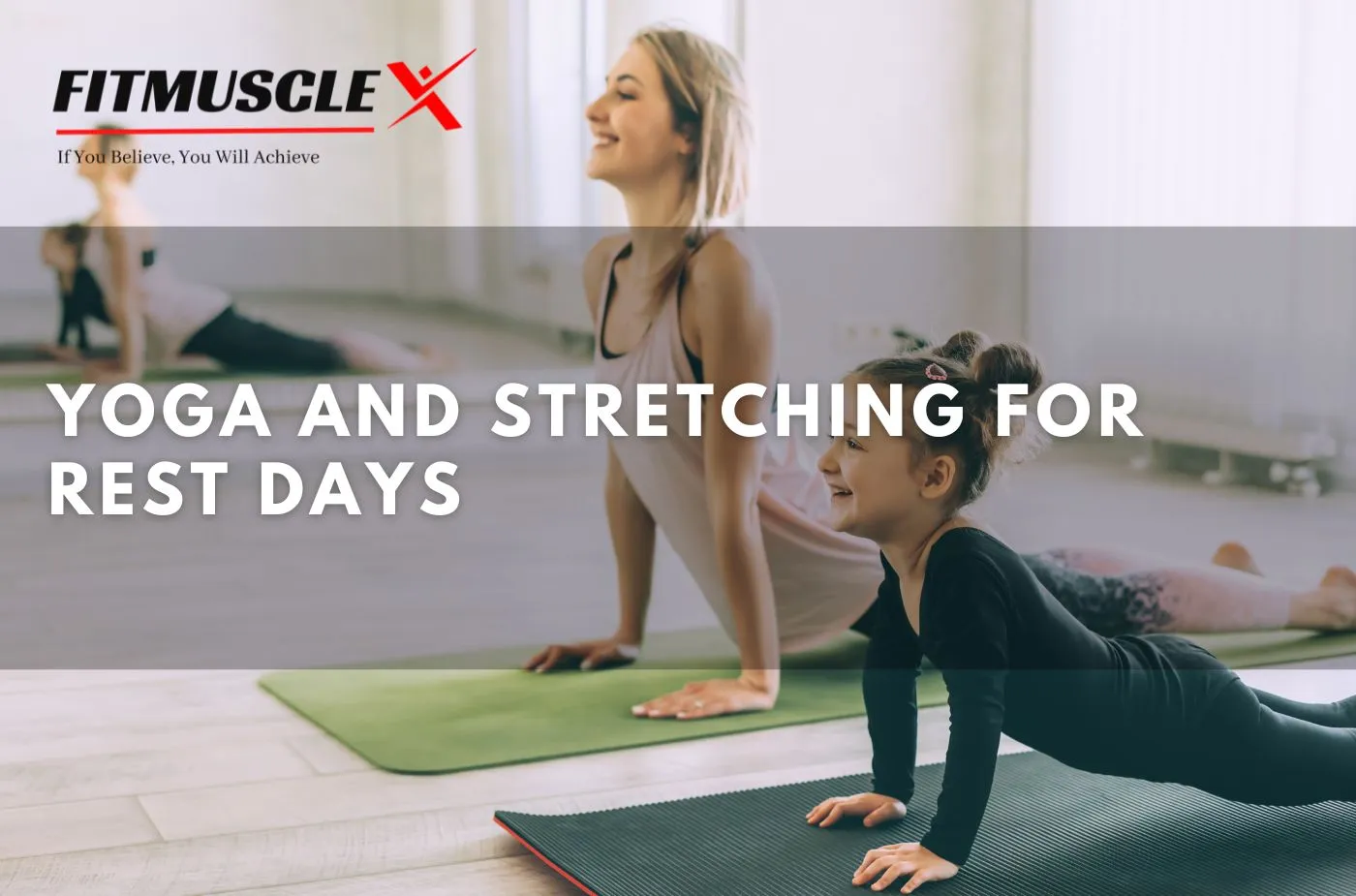More and more, these children experience situations that affect the learning process and can demonstrate a negative effect on the child’s cognitive abilities as well as psychological health. Thankfully, yoga does incorporate such comprehensive way on developing young people and building a healthy brain at an early age. Not only does yoga teach body awareness and self-regulation through physical postures, stimulated by breath, but it also helps children to enhance their attentiveness, recall and emotional well-being. In this guide, we will discuss the positive changes that children experience through a yoga practice and scientific evidence explaining this phenomenon on the mind.
And this is one of the reasons why children need adequate stimulation of their brain functions, which are inextricably linked to learning and memory processes, and affect the formation of the emotional background. However, stress interrupts the appropriate functioning of the brain and may have negative emotional outcomes as well as distractions and lack of movements do. Yoga can be a better approach towards the brain fitness as it involutes both physical and mental process of practicing yoga in its every step.
In this piece of writing, how Yoga enhances the Brain health of the children is explained.
- Enhanced Focus and Attention: Yoga has various forms such as asanas and pranayama both of which assist children in paying attention effectively by focusing the mind towards orientation of different areas of the body as well as breath. Children are made to understand how best to calm their brains, tune out the various distractions, and how to concentrate through such activities as mindful movement and breathing.
- Improved Memory Retention: Actual practice of yoga also activates areas of the brain associated with memory processing and consolidation, including the hippocampus and prefrontal cortex. Yoga prolongs the children’s concentration and faculties to encode, store and even recall or reproduce data thus resulting in enhancement of performance at class as well as recall of information.
- Reduced Stress and Anxiety: Yoga offers relaxation and exercises to reduce stress such as deep breathing exercises, and the relaxation. According to Dr. Wallace, Yoga also pinpoints and modulates the actual stress response by beckoning the para-sympathetic portion of the ANS which results to lower cortisol stages and anxiety among children.
- Enhanced Emotional Regulation: There are seven lessons that Yoga imparts to children that help them to understand their feelings, focus, and succeed emotionally. In thinking and exercise such as meditation, visualization, and so forth, children gain useful skills in the process of regulation of such feelings, emotions, thus preventing emotional dysregulation and mood disorders.
Integrating Yoga into Children’s Lives
Yoga can be easily integrated into a child’s daily life, in order to be used as a significant factor in helping children to change for the better.
- Mindful Movement: Suggest children engage in yogal Cool Down Posea showing concentration like the tree pose, the warrior pose or the mountain pose. Comfort them with slow, controlled movements that promote the synergy of the breath and the musculoskeletal system.
- Breathwork: Here are some forms of Pranayama that can be explained to the kids: bellows or diaphragmatic breathing which use the hands to mimic blowing up a balloon and box breathing in which the kids have to breathe in for four seconds, hold the breath for four seconds, breathe out for four seconds and hold the breath again for four seconds. Explain to them to apply the above strategies whenever they feel things are getting hard or when they feel anxious.
- Mindfulness Meditation: Guide the children through visualisation and breathing exercise which would make children aware of the present activity and not distracted by their emotions. I help them connect to feeling relaxed or the use of relaxation aid or inner coping skills; guide them with on how to apply picture making techniques.
- Yoga Games and Activities: Suggestions on how to apply games and storytelling in teaching yoga to kids: Yoga should be fun and energetic for children to enjoy, and incorporating games, storytelling, and creative movement can make it fun and engaging for a child. For their pleasure and interactional spirit, employ props such as yoga mats, blocks, or straps.
Conclusion: Empowering Young Yogis
This body of knowledge provides a clear understanding of how Yoga can effectively be used to enhance brain functioning and emotional functioning in children. When it comes to education and its impact on children, mindfulness can be successfully introduced in the form of movement, breathing, and relaxation, which means that in practice, children can be guided to achieve focus, sharpened memory, and strong emotions from their school years. Hence, the welfare goals of young yogis reveal that they can do even more and achieve in school, in the areas of academics, emotions, and social relationships.
Also, Read: Pranayama for Beginners





